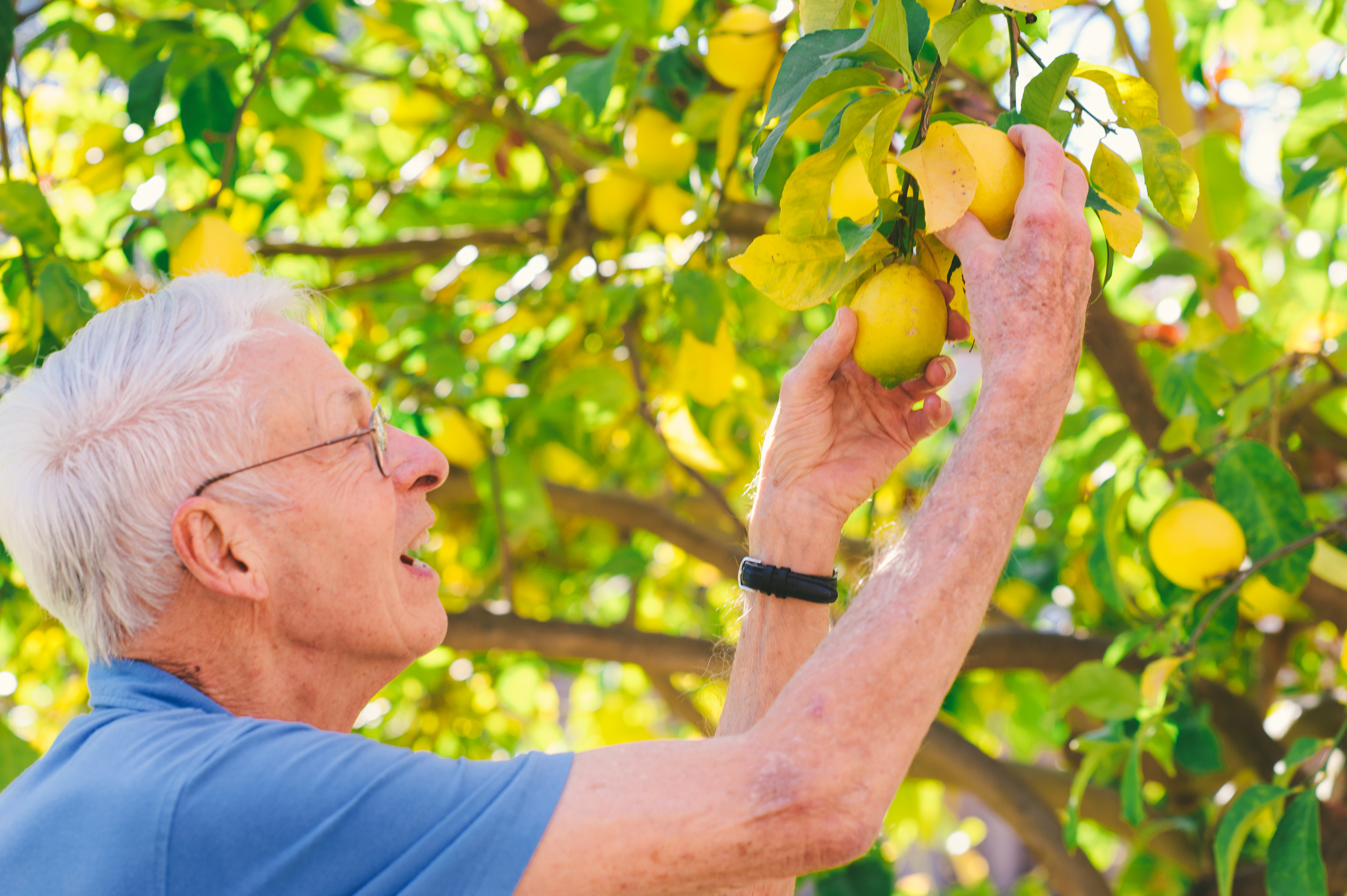Exercising, gardening, or simply walking in hot weather puts extra stress on your body and increases your core body temperature. This could increase your risk for heat cramps, heat exhaustion and heatstroke.

Pay attention to warning signs
- Muscle cramps
- Nausea or vomiting
- Weakness or fatigue
- Headaches, dizziness or becoming lightheaded
- Low blood pressure
- Increased heart rate
- Visual problems
- Confusion and irritability
How to avoid heat-related illnesses
- Watch the temperature. Know what the temperature is expected to be for the duration of your planned outdoor activity.
- Get acclimated. Take it easy at first when you are spending time outside in the heat. It can take at least two weeks to adapt to the rising temperatures. As your body adapts to the heat over time, gradually increase the length and intensity of your time outside.
- Know your fitness level. If you’re new to exercise, be extra cautious when exercising in the heat. Your body may have a lower tolerance to the high temperatures. Reduce your exercise intensity and take frequent breaks if needed.
- Drink plenty of fluids. Dehydration is a key factor in heat-related illnesses. Help your body sweat and cool down by staying well-hydrated with water while outside. Don’t wait until you’re thirsty to drink fluids.
- Avoid midday sun. Exercise in the morning or evening, when it’s likely to be cooler outdoors. Exercise in shady areas or do a water workout in a pool.
- Dress appropriately. Lightweight, loose-fitting clothing helps sweat evaporate and helps keep you cooler. Avoid dark colors, which can absorb the heat.
- Understand your medical risks. Certain medical conditions or medications can increase your risk of a heat-related illness. Talk to your doctor about precautions and about how to stay safe when spending time outdoors.

